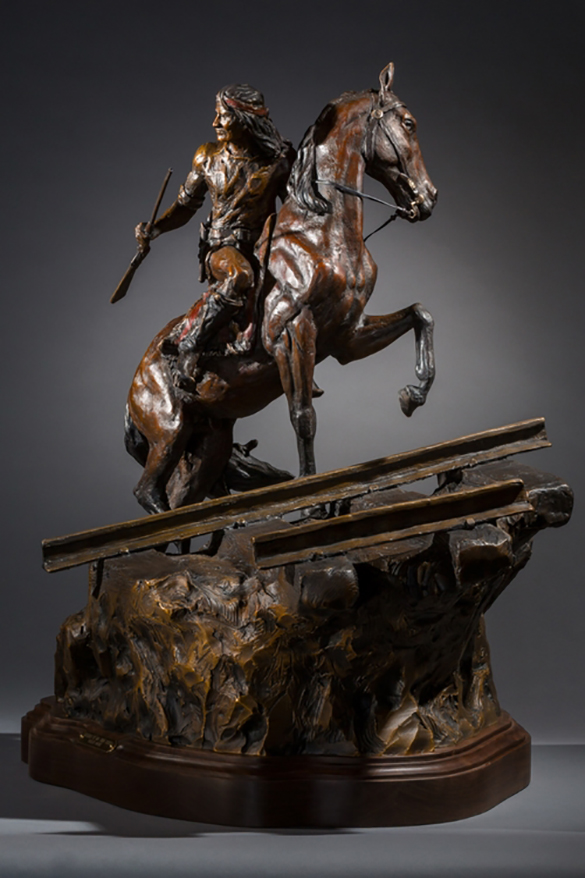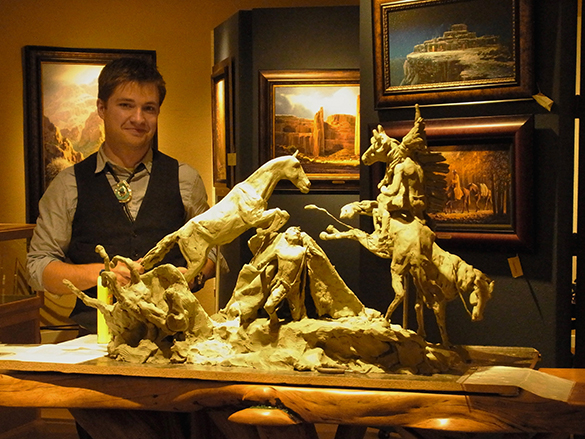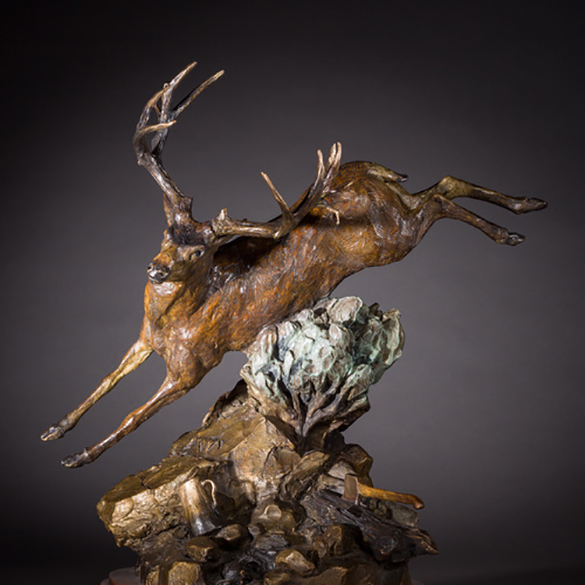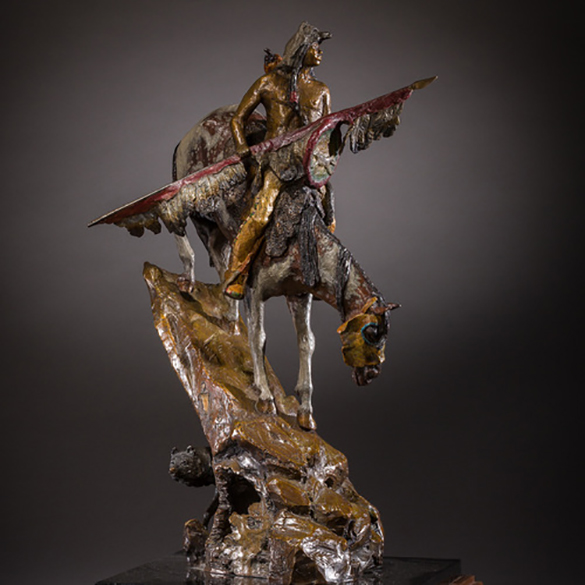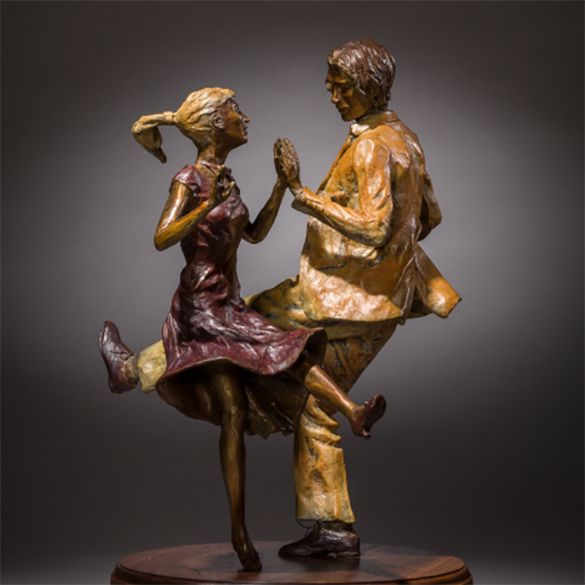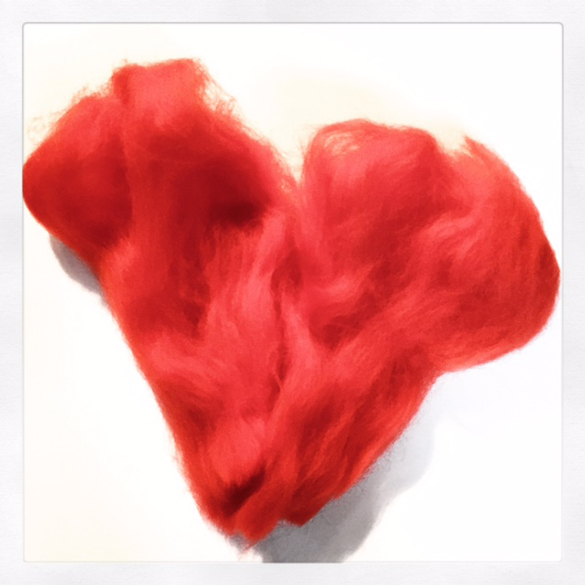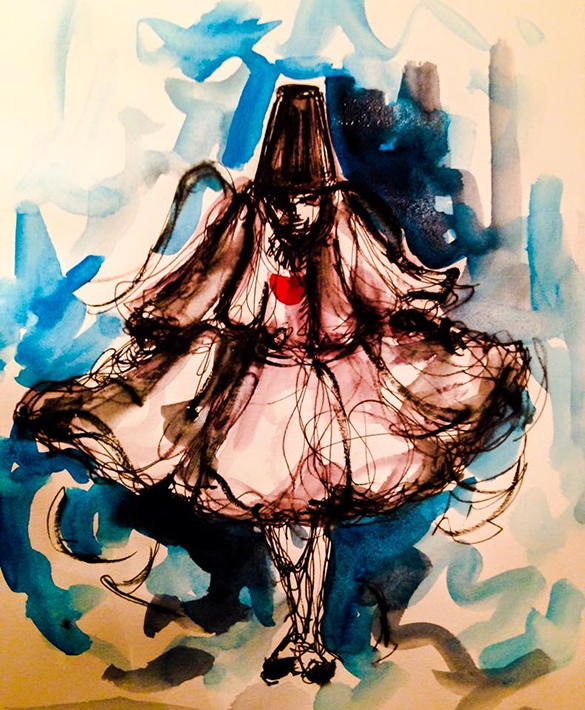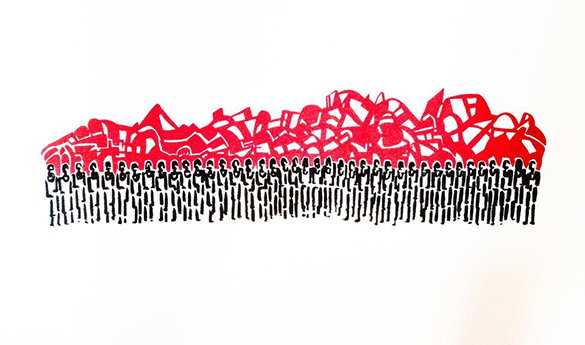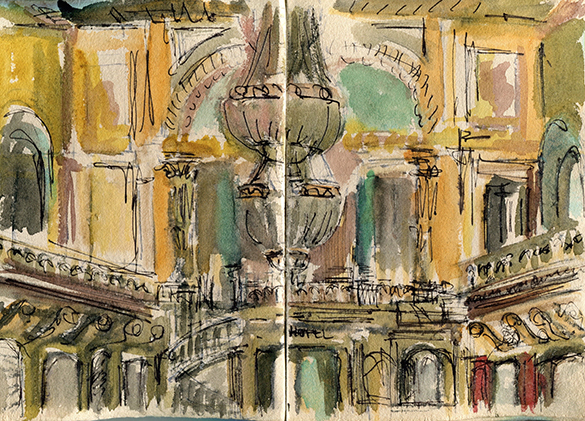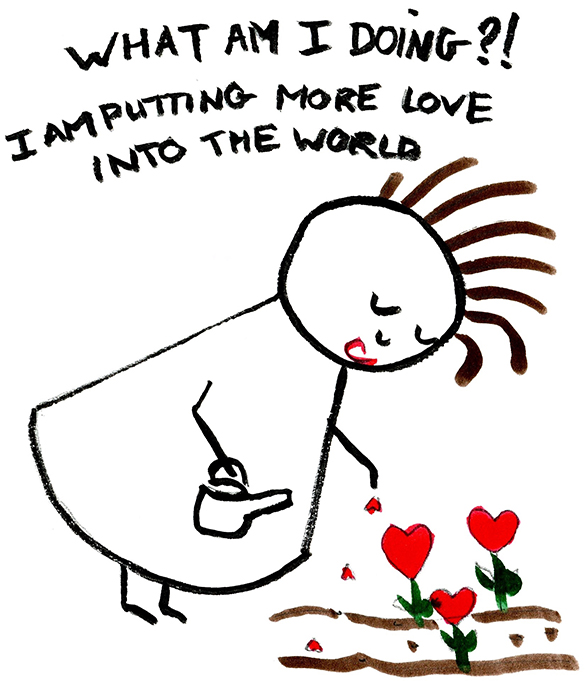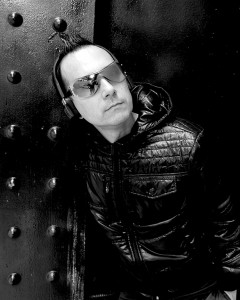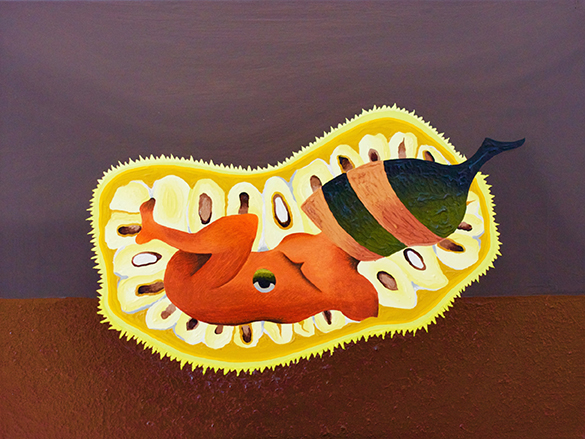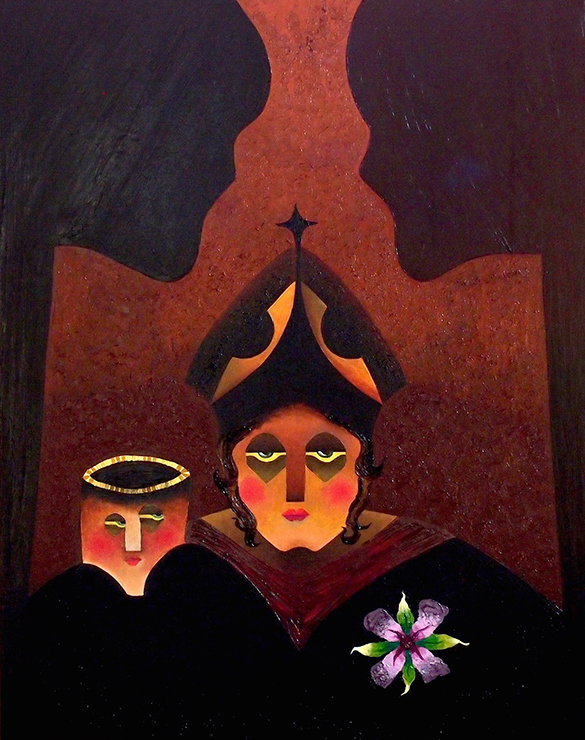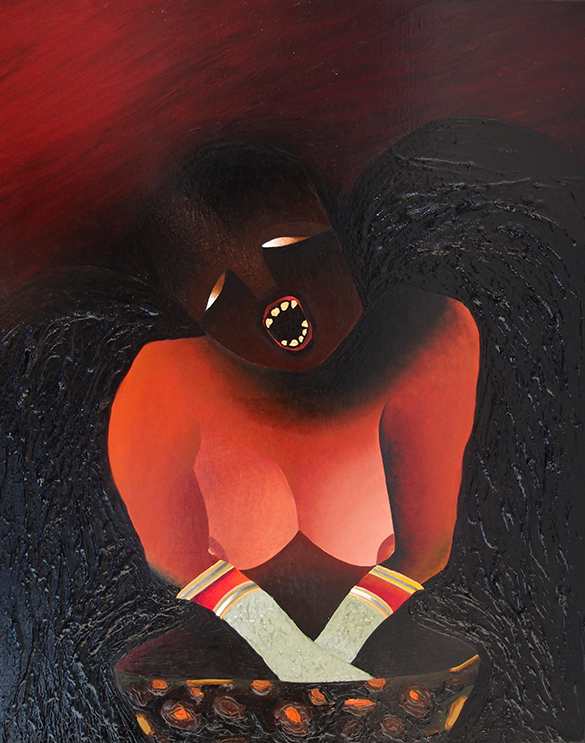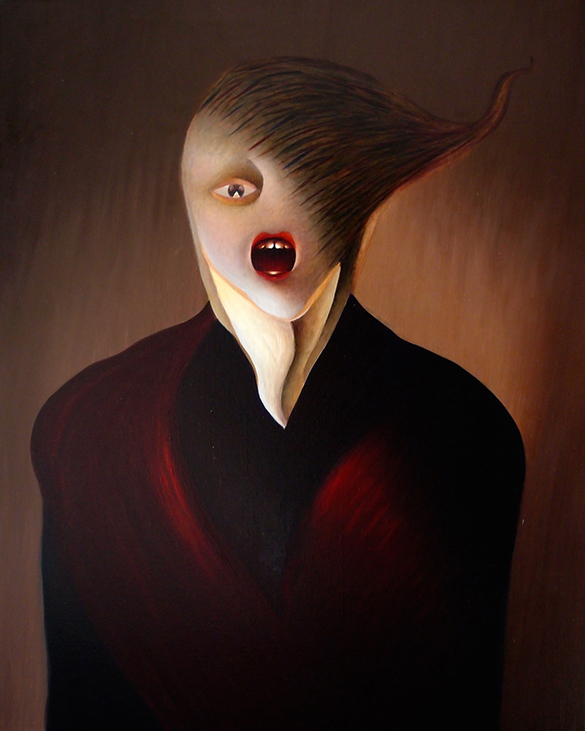For a man in love with the Old West I astound myself sometimes with what I don’t know about it! I was completely unaware of ‘Western Art’ until, by happy accident, I was funnelled off Interstate 25 into the heart of New Mexico’s capital, Santa Fe, during a nine week, solo road trip across The West earlier this year. But for this, I would have driven past the World’s second largest art market after NYC and missed discovering this genre. As I intend to write more about it in Talking Beautiful Stuff, I will concentrate here on the man who introduced me to it.
For two days I explored the downtown streets of this small, attractive, unusual and classy city lying in the heart of one of America’s most remote, arid and empty regions. Native American pottery and turquoise jewellery of the highest quality filled exquisite emporiums. Galleries by the hundred purveyed every kind of art imaginable and with this sophistication and wealth came comparable coffee houses, restaurants and gift shops. However, having this lifelong fascination for The Old West, I was drawn to the galleries that displayed bronzes and paintings of cowboys, Indians, buffalo and horses and awe-inspiring western landscapes. In one of these I met the gallery director Phillip Payne. His welcome to a road-weary scruff, who clearly couldn’t afford any of the wonders offered in his extremely classy gallery, was a delight that many gallery directors could take a lesson from. We fell into good conversation. At this point I had no idea who I was talking to. I soon discovered that Phillip is also a sculptor, creating powerful bronzes of many subjects including those with a ‘western’ theme. As an extra attraction to the gallery for browsing visitors, he works on an on-going piece using an oily clay.
He showed me his bronze: “Beethoven: Feeling the Music.” He read out the words of Beethoven engraved into the piano lid: “Had I not read somewhere that a man should not quit this life so long as he can still perform a good deed, I would have left this Earth long ago and by my own hand at that. I can’t imagine leaving this World without taking the art God has placed in my soul and putting it to pen for others to hear.” This clearly echoed his own feelings as I saw him gulp with emotion. Here was a man who appeared profoundly involved with his creations and it was at this point that I decided that the readers of Talking Beautiful Stuff should know of him. I was privileged to be allowed an interview. In the half hour or so that we talked we both found ourselves close to tears as we discussed the influence of our deceased fathers upon us. It was a moving experience for me. I found Phillip to be completely without pretension and very sincere about the reason for and the philosophy surrounding his creative talent.
If you visit Phillip’s website you are greeted with his words: ‘To create art is to bare your soul in the hopes that you will find a kindred spirit in the hearts of others’. This declaration is close to his answer to my question, “Why do you create?” He told me something along the lines of his desire to share with others the things that move him and better his life but unfortunately, over my travels, I lost my notes of our interview where I recorded his words verbatim. However, I well remember how unusually selfless his personal philosophy was and also my scepticism about this as it doesn’t fit with my ideas about creative people! By the end of the interview though, I was convinced that here was an extremely rare being – a truly altruistic artist.
I was now aware that Phillip’s father was Ken Payne, sadly deceased, but not yet aware of Ken’s stature in America as a sculptor. Phillip spoke fondly, with some emotion, of his tutelage under the kind and patient eye of his father and showed me his influence upon him as a sculptor. Phillip likes to create moments from western history that have importance to him and to bring awareness to others of the greatness of some of the leaders in the Native American struggle against white Manifest Destiny such as Quanah Parker of the Comanche Nation.
Having said farewell to Phillip I visited other galleries and discovered that I had fallen upon the mother lode of creators in bronze, a veritable ‘ant nest’ of brilliance. Ken Payne, his sons Vic and Phillip Payne and Vic’s son Dustin are all celebrated and tremendous sculptors within the genre of what I now recognised as ‘Western Art’. Vic’s daughter Jordyn is a painter of the most vibrant and gorgeous, western landscapes. What a family! The artistic gene proves its existence!
As I journeyed on I saw many ‘Paynes’ creating wonderful moments as they graced the streets, parks, museums and galleries of The West’s towns and cities. I confess to relishing the change in attitude displayed by ‘Western Art’ gallery directors when I mentioned that I had interviewed Phillip Payne! The Payne family commands enormous respect in America.
Phillip Payne is a very young man and is already an accomplished and acclaimed sculptor. I believe that he has a glittering career ahead of him that can only blossom when fuelled by such a kind and unselfish philosophy towards his creative nature.

